Sun Yamin

Sun Yamin
Professor
Principal Investigator (PI), National Key Laboratory of Intelligent Tracking and Forecasting for Infectious Diseases
Academic Appointments:
Dec. 2024 – Present: Member, Committee on Intelligent Computational Microbiology, Chinese Society for Microbiology
Jul. 2023 – Present: Member, Committee on Medical Genomics and Bioinformatics, Chinese Medicine Education Association
Feb. 2025 – Present: Member, Committee on Medical-Preventive Integration and Collaboration, Chinese Preventive Medicine Association
Academic Journal Appointments:
None.
Research Focus
Bioinformatics and epidemiology, with a focus on microbial genome evolution, and the traceability, surveillance, and early warning of infectious diseases.
Education and Work Experience:
2002–2006, College of Life Sciences, Nankai University, Bachelor’s Degree in Biotechnology
2006–2009, College of Life Sciences, Nankai University, Master’s Degree in Microbiology
2009–2012, College of Life Sciences, Nankai University, Ph.D. in Microbiology
2012–2015, Tianjin Functional Genomics and Biochip Research Center / Tianjin Biochip Corporation, Technical Director
2015–2024, Tianjin Functional Genomics and Biochip Research Center / Tianjin Biochip Corporation, Director & General Manager
2024–Present, Beijing Ditan Hospital Affiliated to Capital Medical University, Researcher
Selected Publications:
1. Qin T, Han L, Sun Y (co-first author), Qin X, Xu J. Silent outbreaks of psittacosis revealed using targeted next-generation sequencing. Lancet Microbe. 2025 Jan 21:101061. doi: 10.1016/j.lanmic.2024.101061. Epub ahead of print. PMID: 39855248.
2. Sun Y (co-corresponding author), Wang M, Lin W, Dong W, Xu J. Evolutionary analysis of Omicron variant BF.7 and BA.5.2 pandemic in China. J Biosaf Biosecur. 2023 Mar;5(1):14-20. doi:10.1016/j.jobb.2023.01.002. Epub 2023 Jan 25. PMID: 36718149; PMCID: PMC9876032.
3. Sun Y (co-corresponding author), Wang M, Lin W, Dong W, Xu J. Massive-scale genomic analysis reveals SARS-CoV-2 mutation characteristics and evolutionary trends. mLife. 2022; 1: 311-322. doi.org/10.1002/mlf2.12040
4. Sun Y (co-corresponding author), Lin W, Dong W, Xu J. Origin and evolutionary analysis of the SARS-CoV-2 Omicron variant. J Biosaf Biosecur. 2022 Jun;4(1):33-37. doi: 10.1016/j.jobb.2021.12.001. Epub 2021 Dec 31. PMID: 35005525; PMCID: PMC8718870.
5. Li Y, Gao L, Pan Y, Tian M, Li Y, He C, Dong Y, Sun Y (co-corresponding author), Zhou Z. Chromosome-level reference genome of the jellyfish Rhopilema esculentum. Gigascience. 2020 Apr 1;9(4):giaa036. doi: 10.1093/gigascience/giaa036. PMID: 32315029; PMCID: PMC7172023.
Awards and Honors:
Work Highlights:
(1)Development of a Respiratory Infectious Disease Information Network System By consolidating third-party clinical testing data, a comprehensive information network system was established, covering 31 provinces, 314 cities, and 4,518 medical institutions across China. Based on this system, epidemiological studies were conducted on 29 respiratory pathogens. Related findings have been published in journals such as The Lancet Microbe.
(2)Development of a Web Server for Infectious Disease Typing, Identification, and Traceability (https://tracepatho.com/)A web-based system was established integrating over 240,000 genomes from 27 infectious disease pathogens, with real-time updates. The platform features 52 independent typing modules for molecular classification of common infectious diseases. It also incorporates a traceability module based on the Lowest Common Ancestor (LCA) algorithm, enabling “strain-level” tracing for 27 major infectious diseases. The traceability algorithm deployed on the platform has demonstrated outstanding performance for three consecutive years in the capability assessment conducted by the “United Nations Secretary-General’s Mechanism” (UNSGM), and has been officially recognized.
(3)Proposed the Rodent-Origin Hypothesis of SARS-CoV-2 Omicron Variant The identification of mouse-adaptive mutations in the SARS-CoV-2 Omicron variant led to the proposal of the rodent-origin hypothesis for Omicron. Related findings were published in Journal of Biosafety and Biosecurity and other journals, cited over 400 times, and covered by more than 100 major media outlets both in China and abroad.
(4)Development of the MVMPS: An Automated Monitoring and Early Warning System for SARS-CoV-2 Based on a systematic analysis of over 8 million SARS-CoV-2 genomes, the mutation characteristics and evolutionary trends of the virus were revealed, leading to the construction of a mutation surveillance model and the development of the MVMPS automated monitoring and early warning system. The system was featured and highly praised by the American Association for the Advancement of Science (AAAS) on its official website. Monitoring reports generated by MVMPS have been adopted by institutions such as the Chinese Academy of Engineering, Chinese Society for Microbiology, and China Association for Science and Technology. Related research findings were published in mLife and Journal of Biosafety and Biosecurity.
(5)Collaboration with the School of Public Health and Health Management, Nankai University, on the creation of the “NK-COVID Info” platform during the COVID-19 pandemic to provide the public with accessible scientific information. The platform received over 600,000 visits, and science communication efforts based on it were later featured by major media outlets such as Beijing News, The Economic Observer, and The Paper.
Contact Information
Email: nksunyamin@aliyun.com
Work Phone: 010-84322620




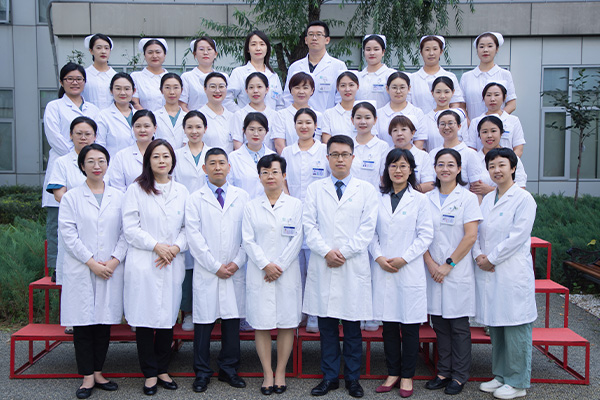
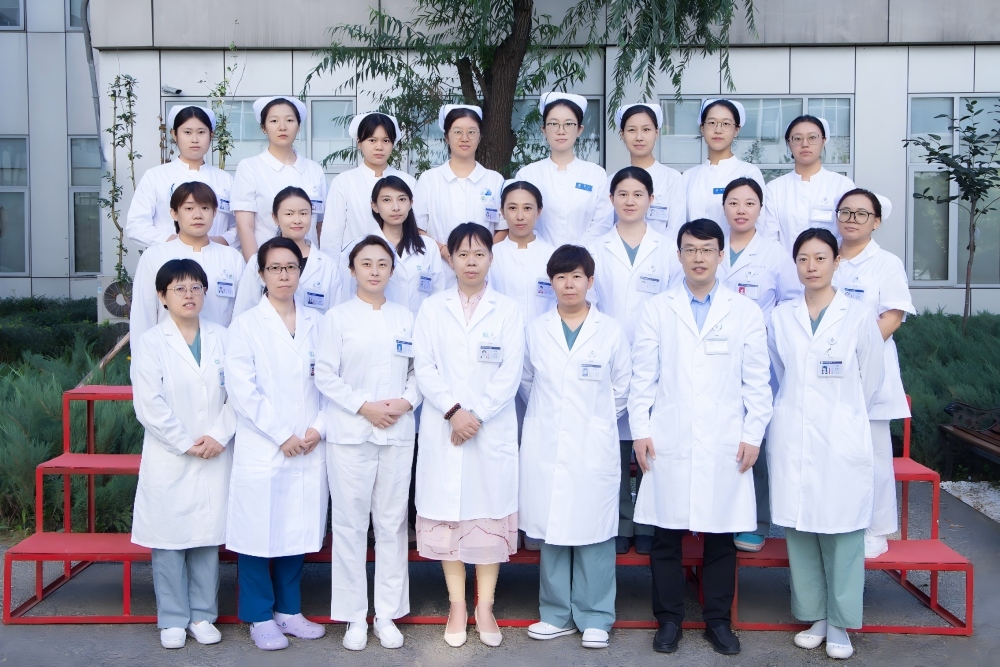
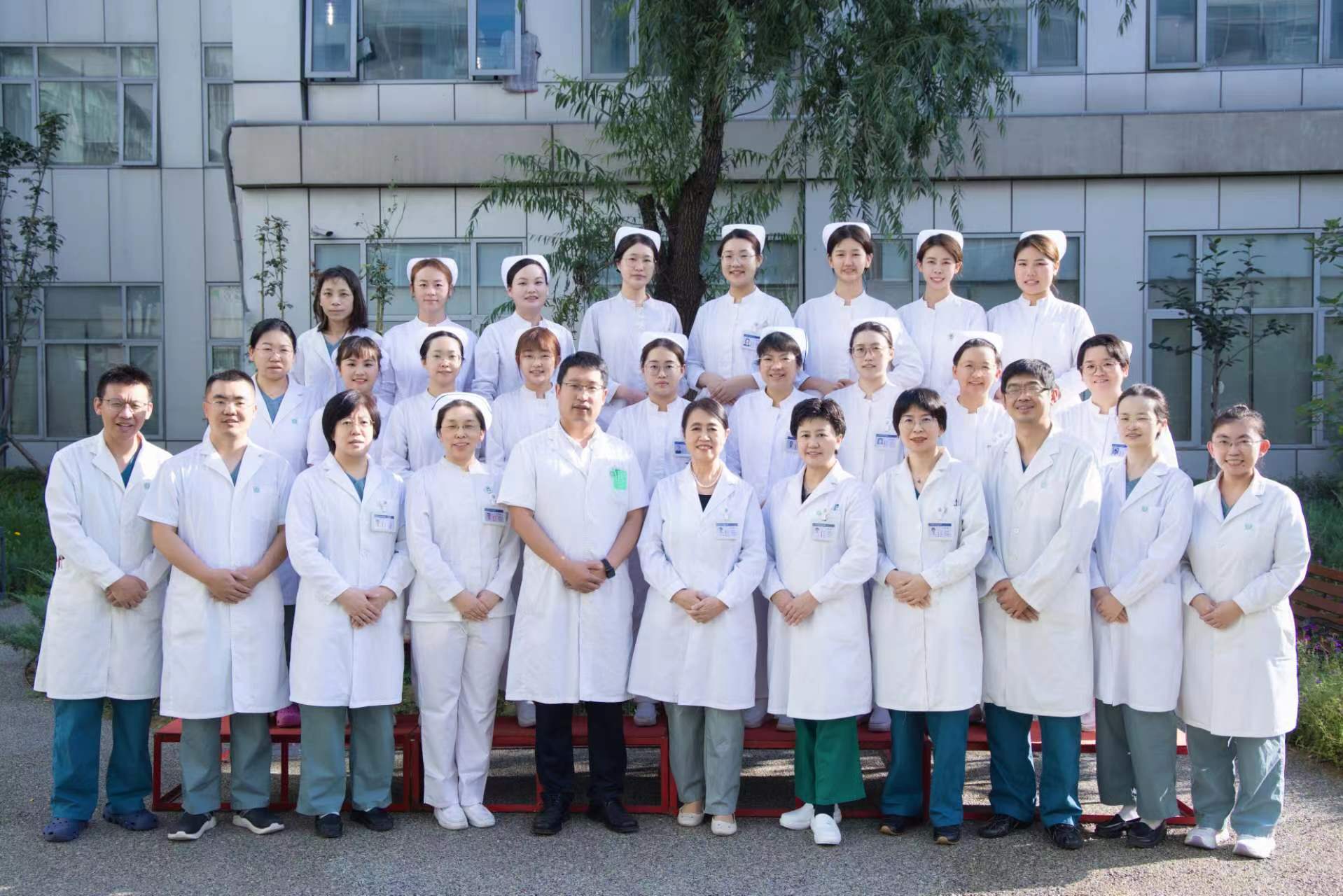
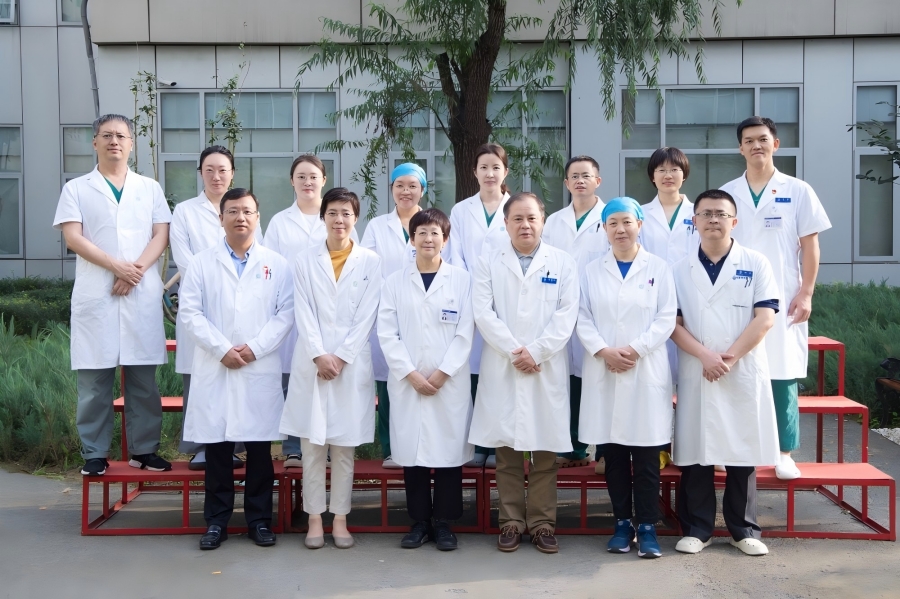
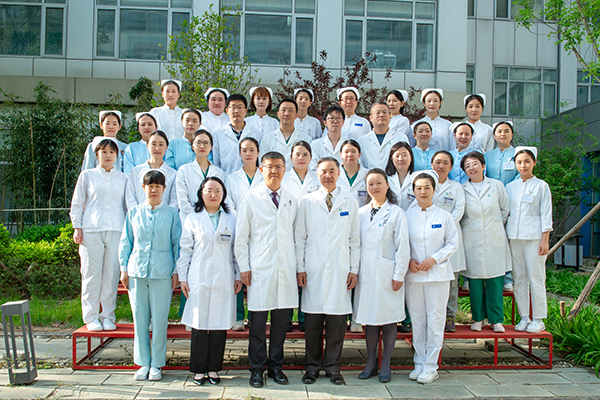
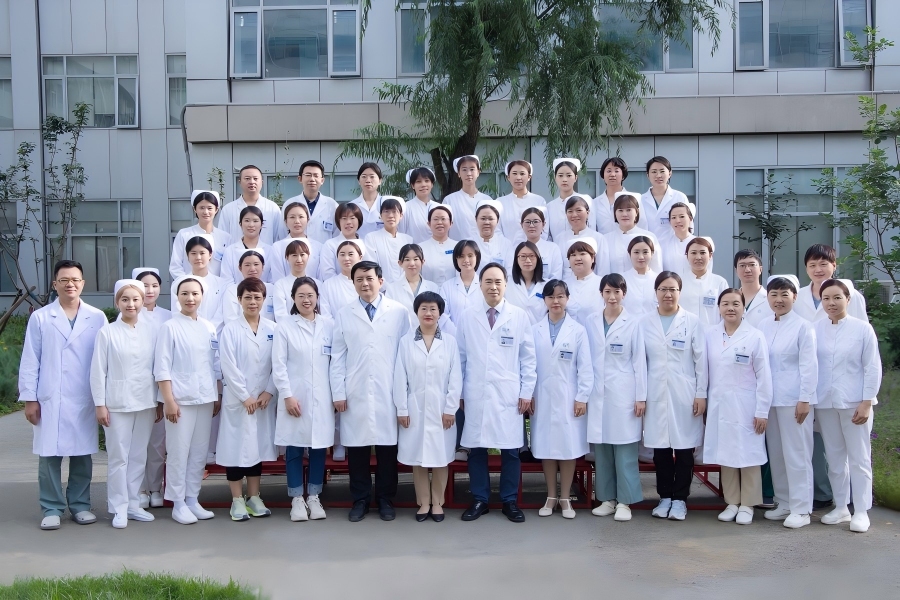
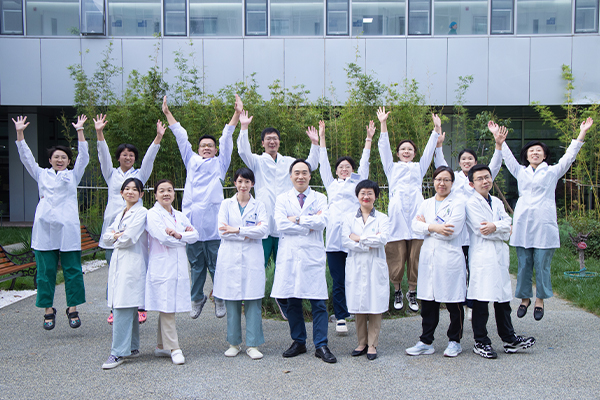
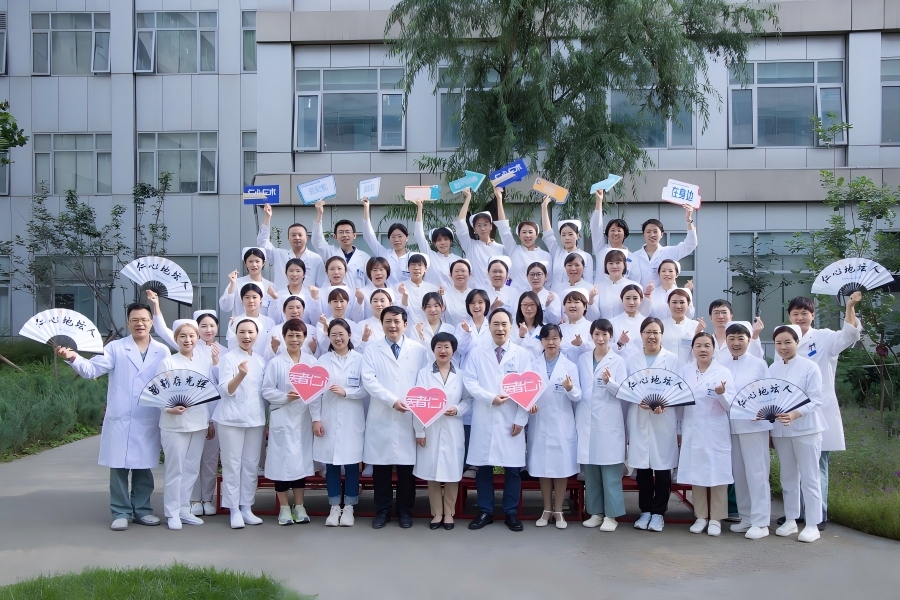
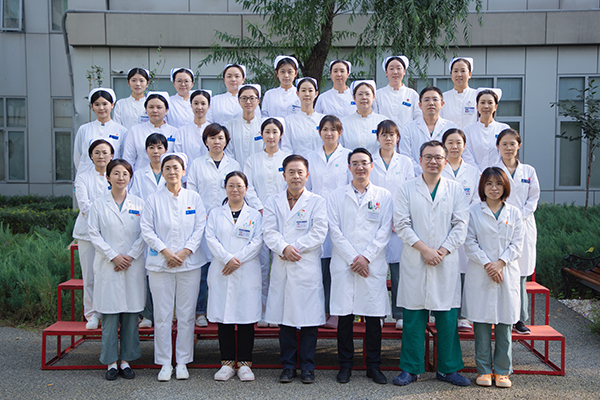
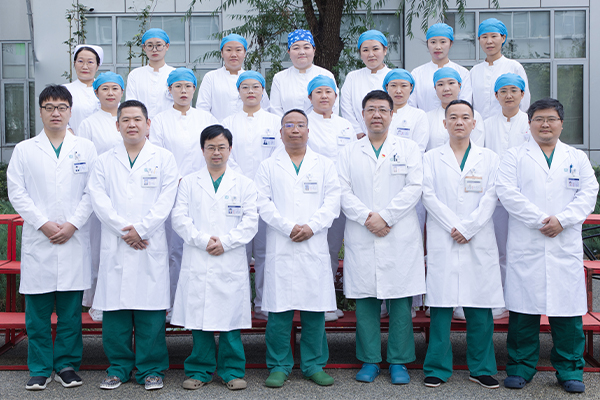
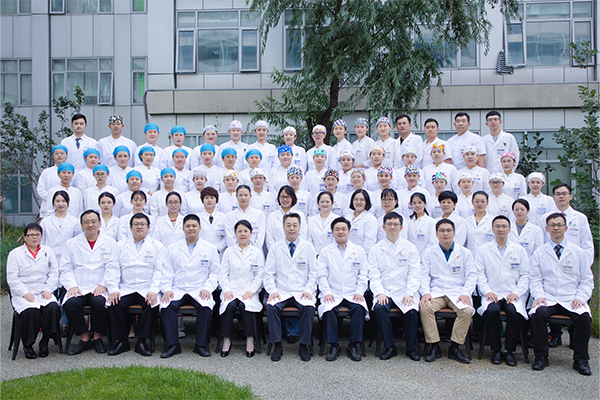
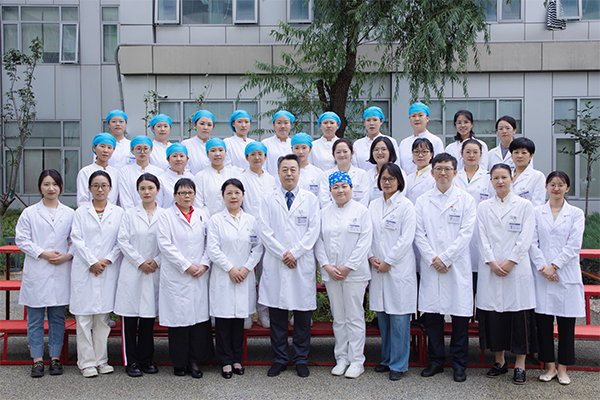
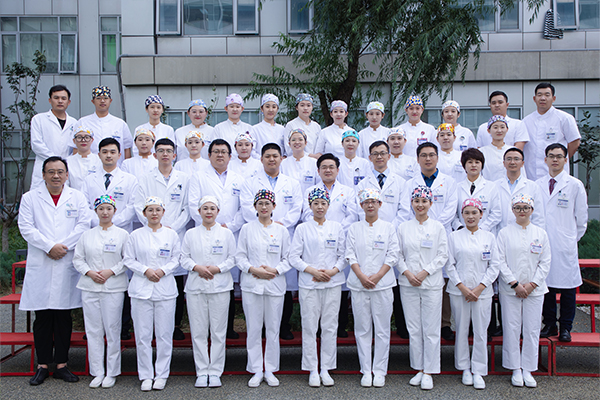
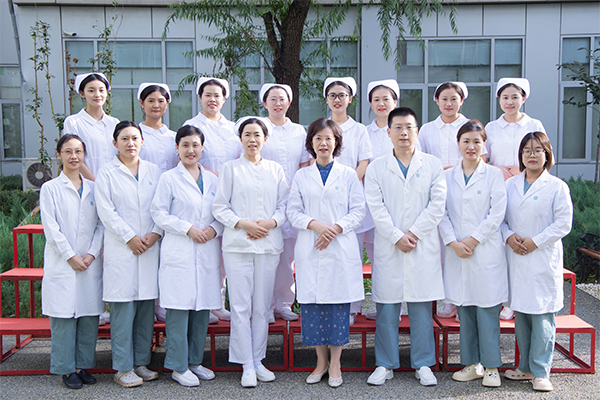
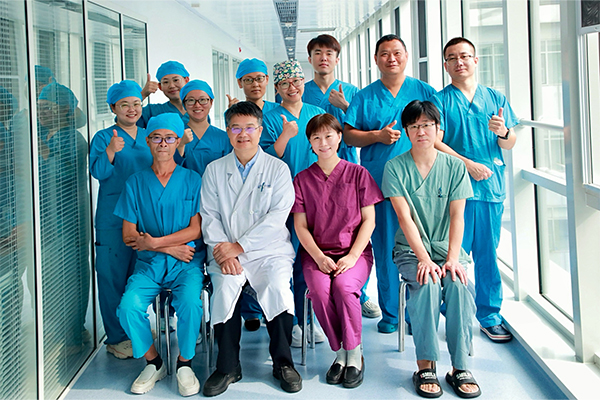
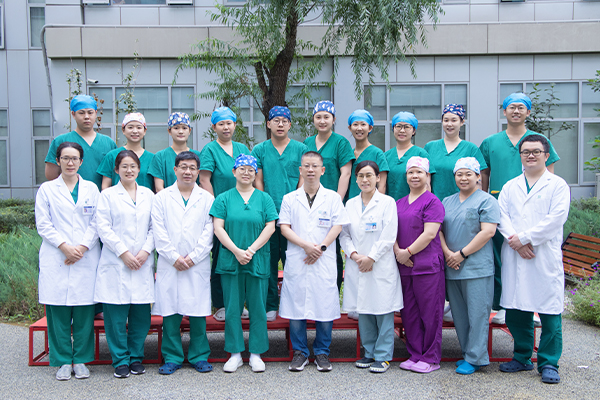
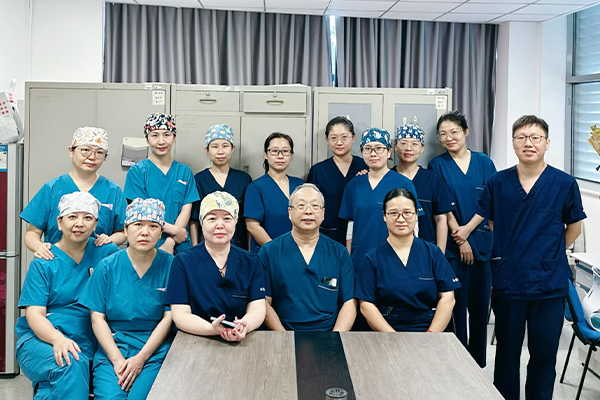
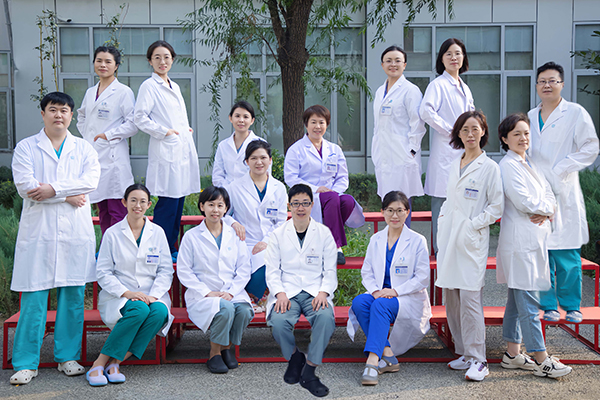
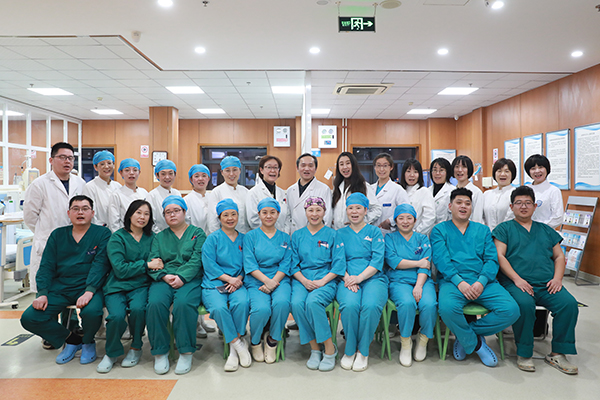
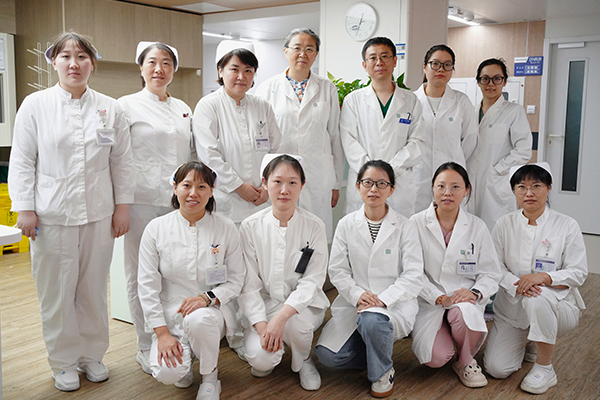
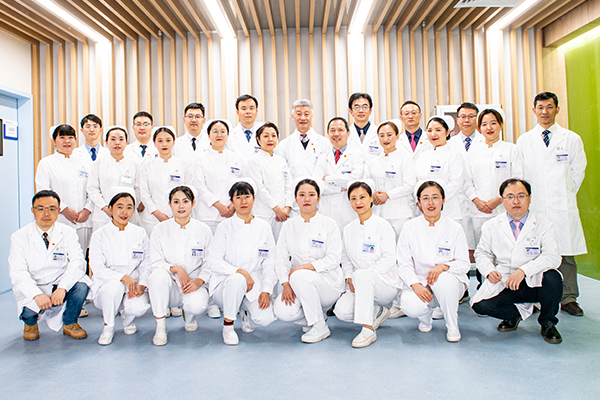
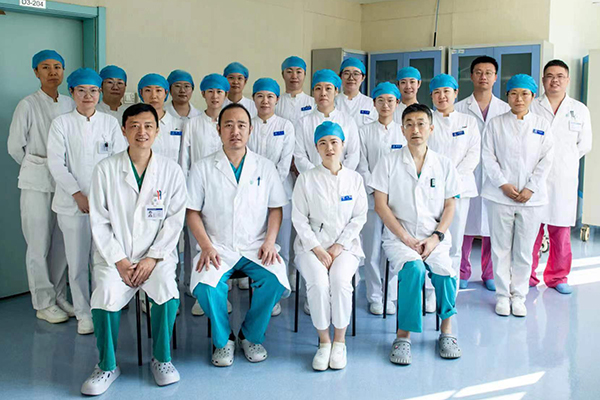
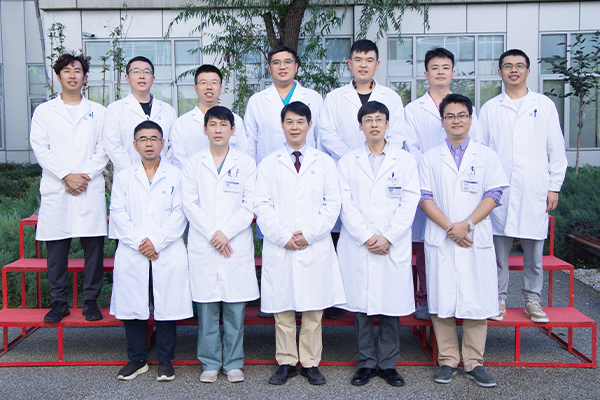
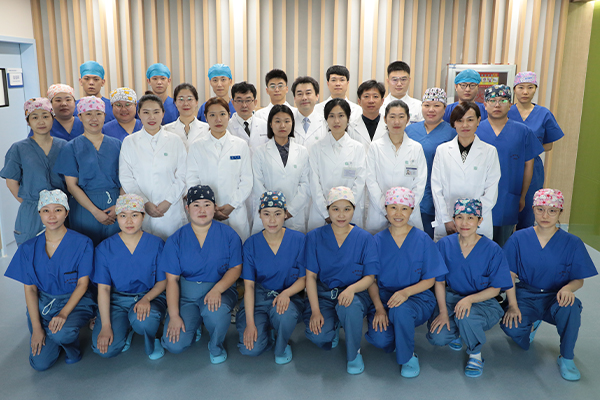
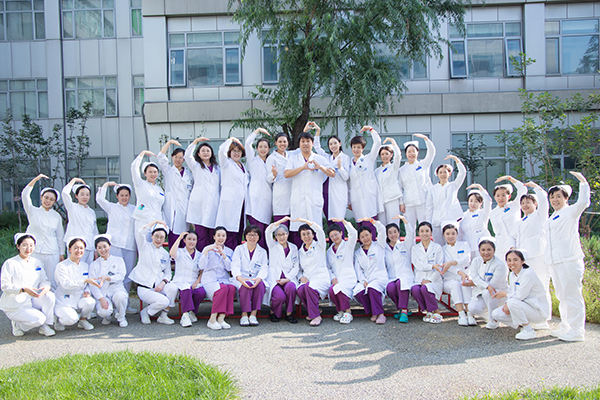
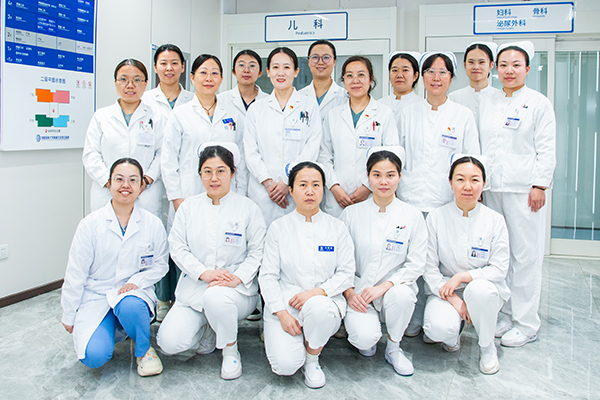
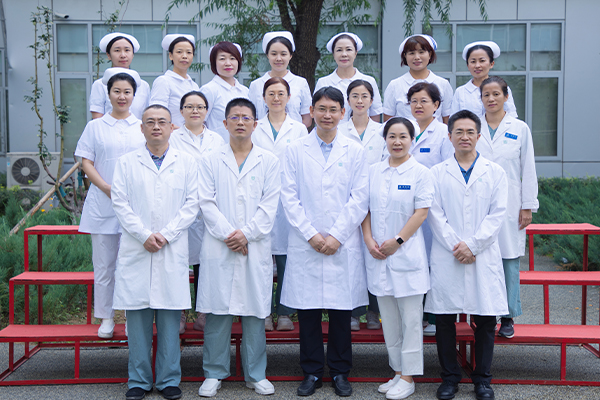
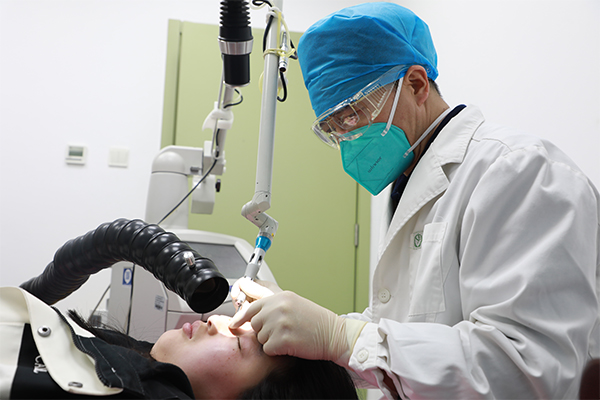
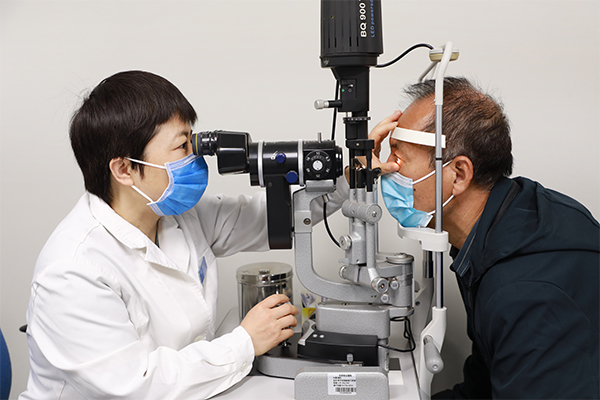
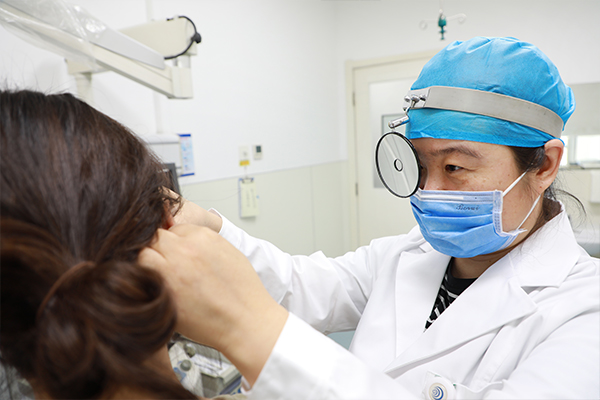

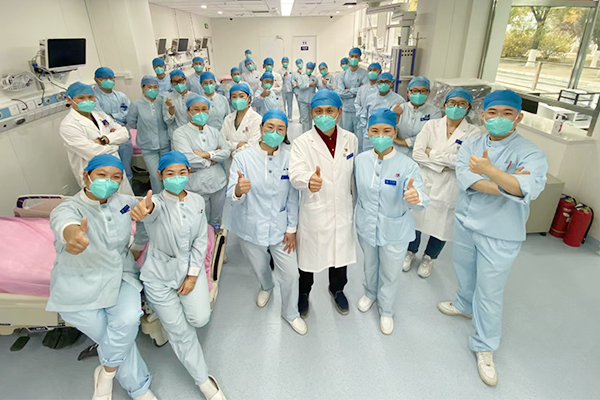
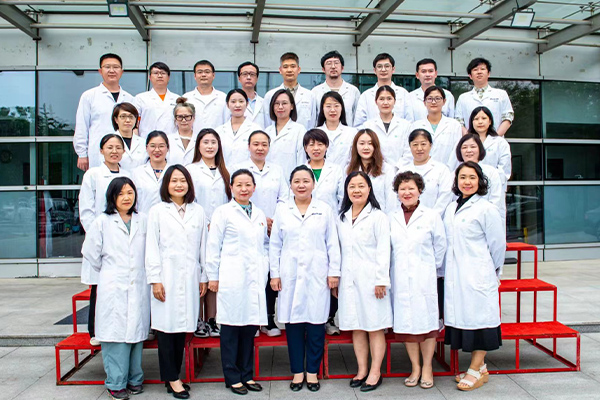
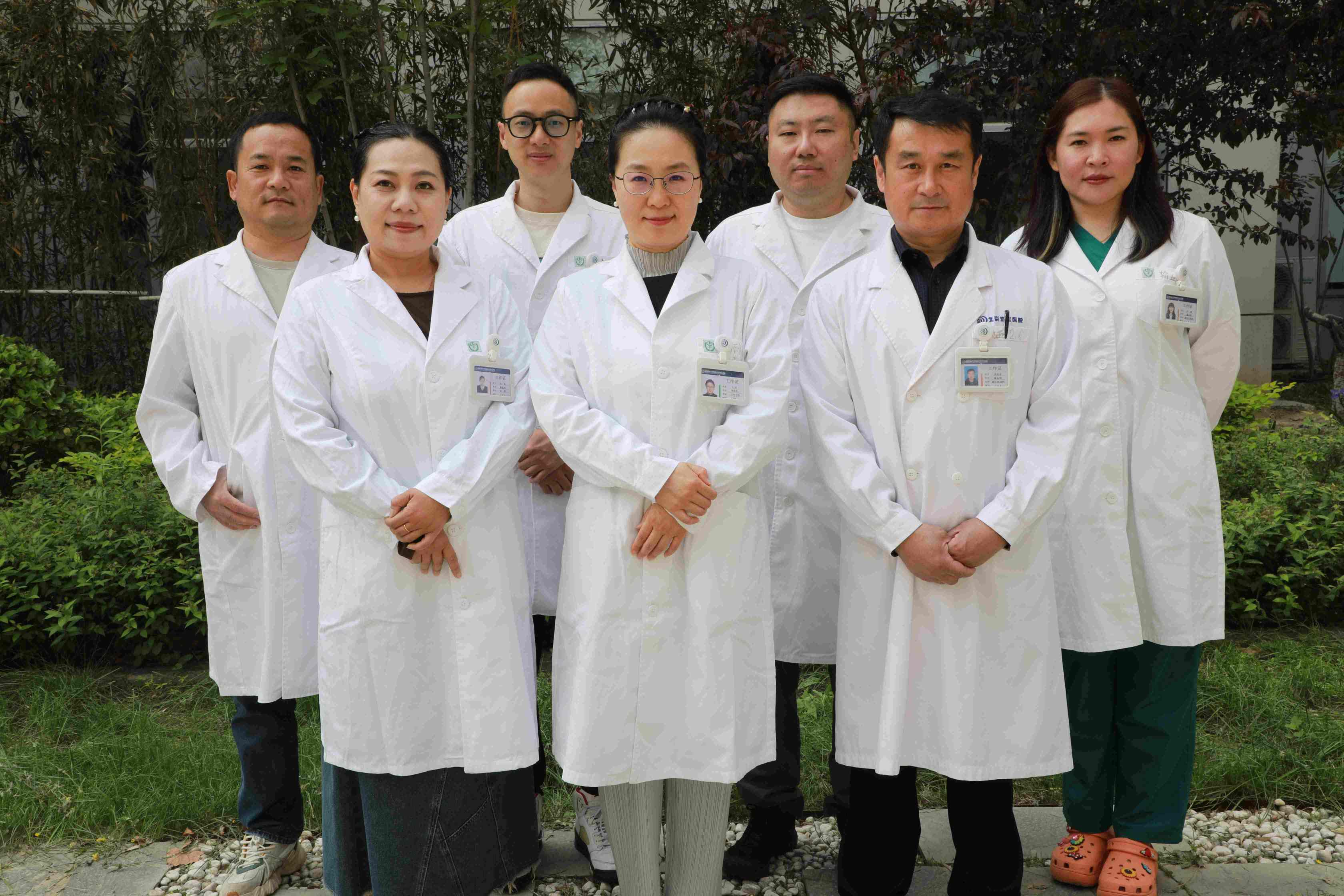
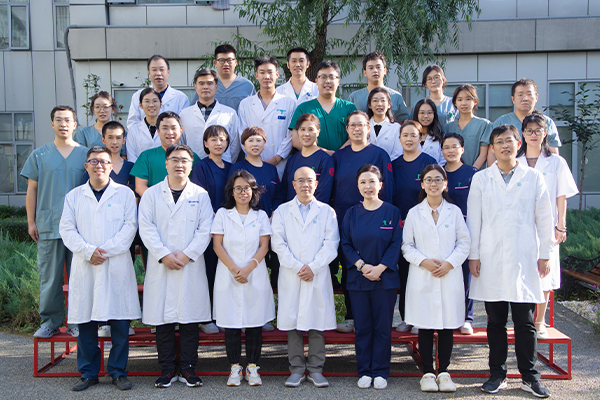
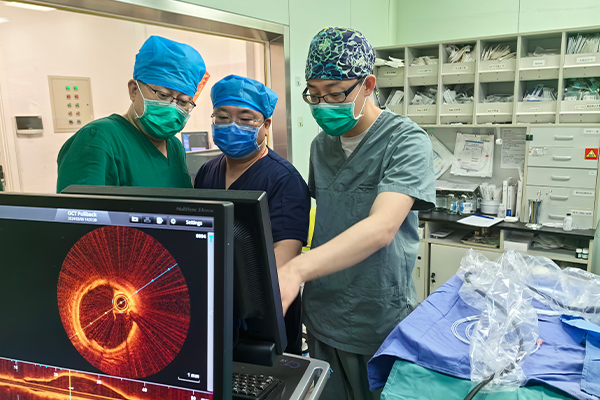
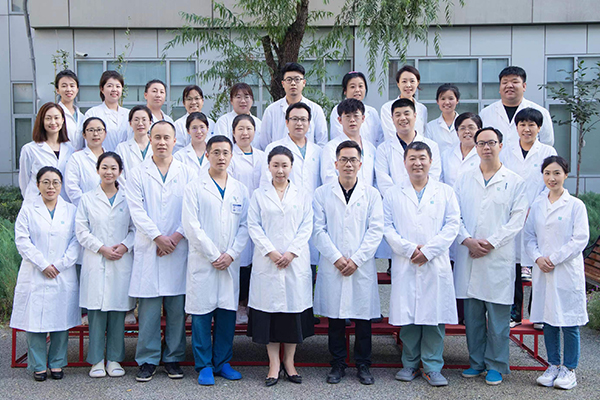
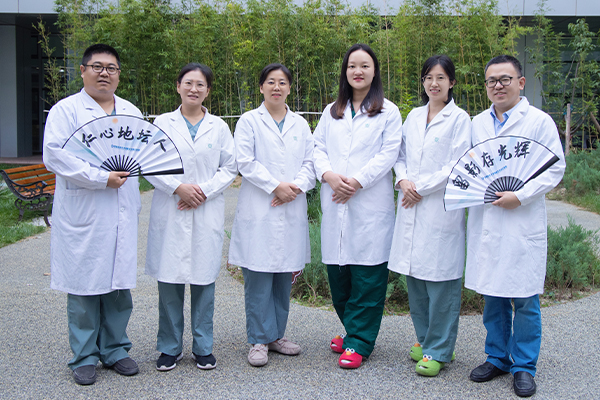
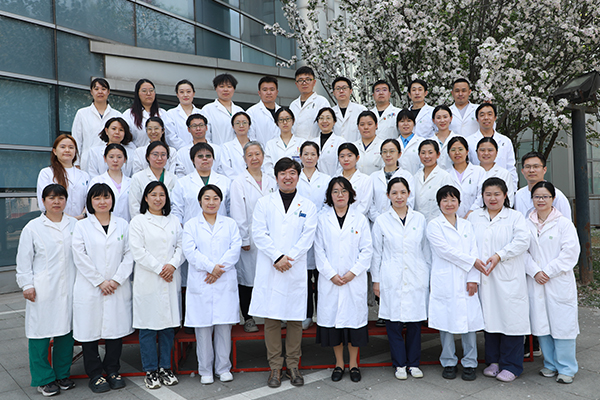
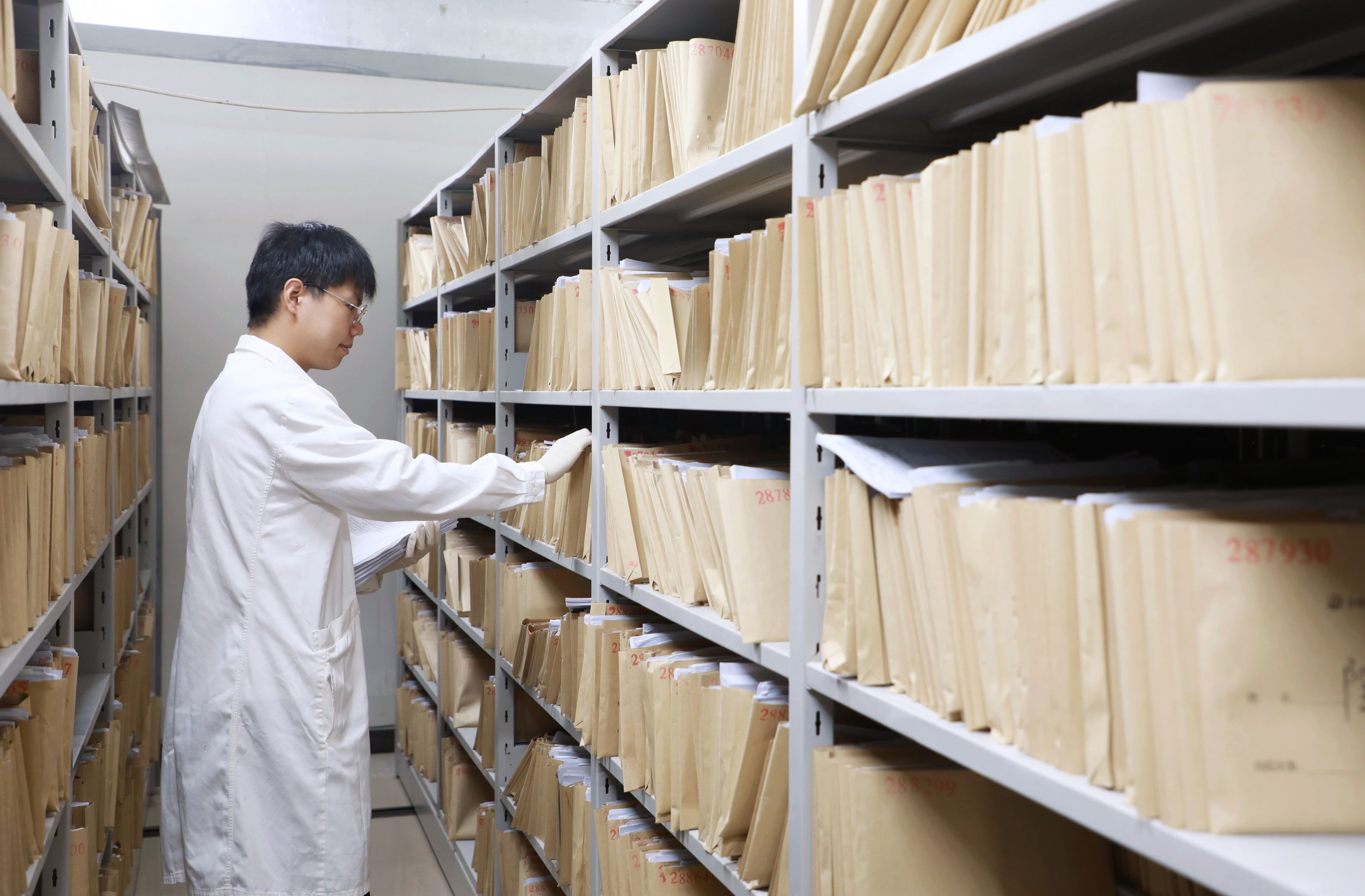
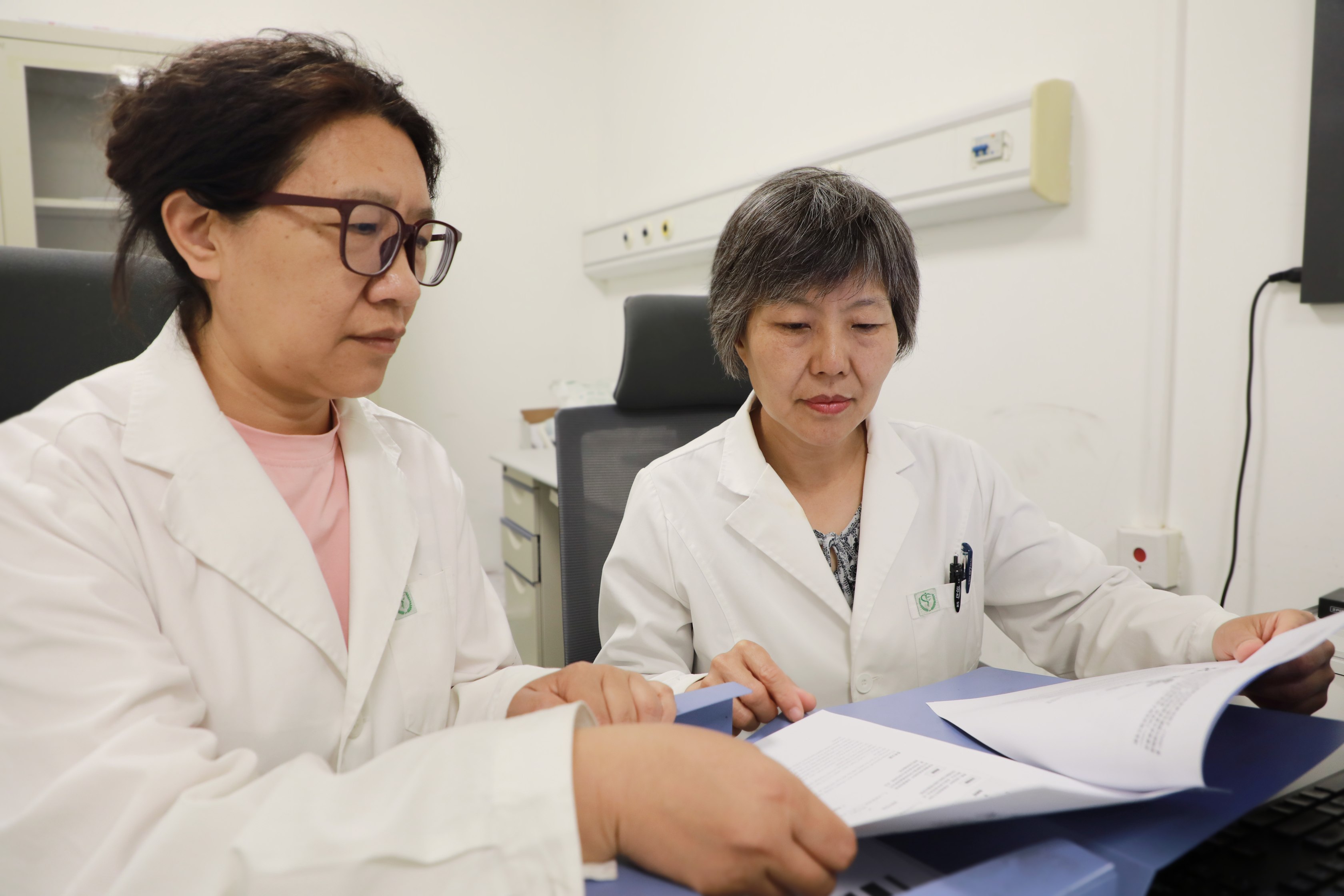
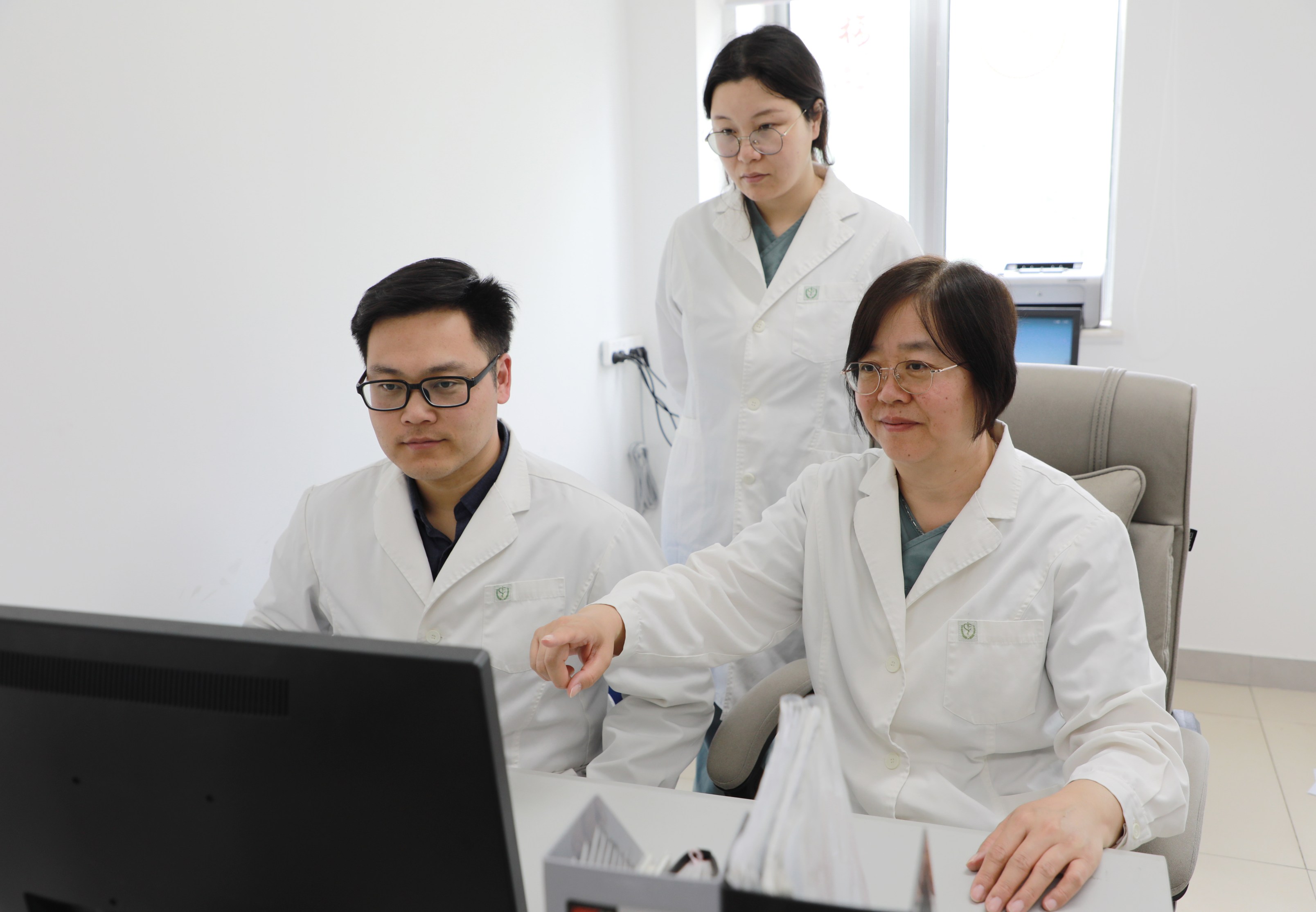
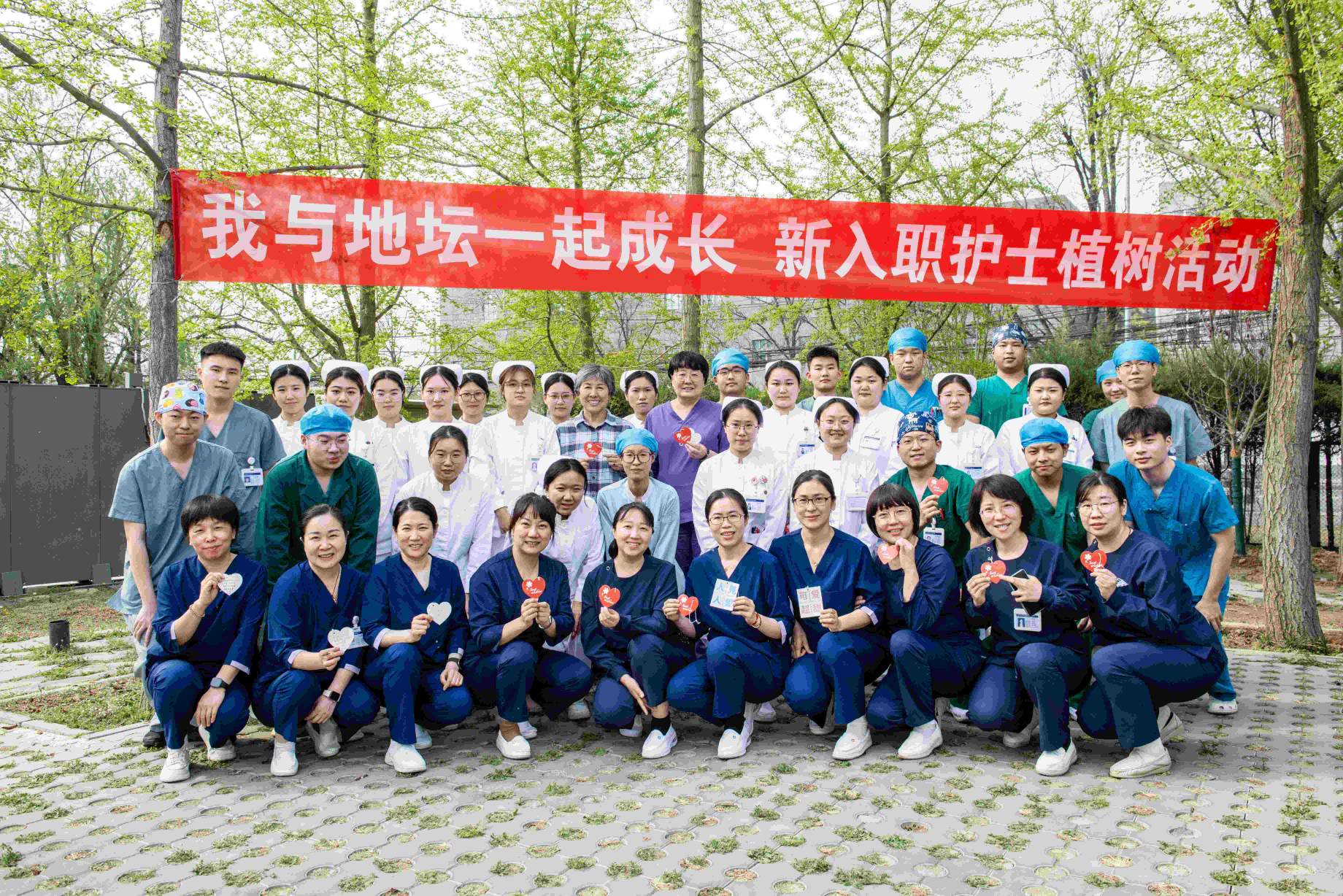
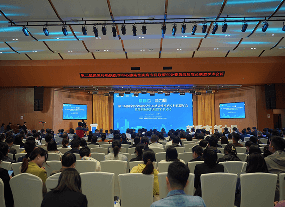
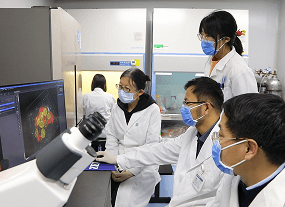
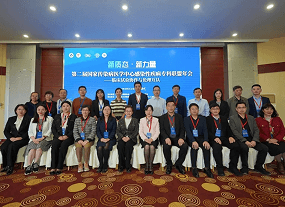
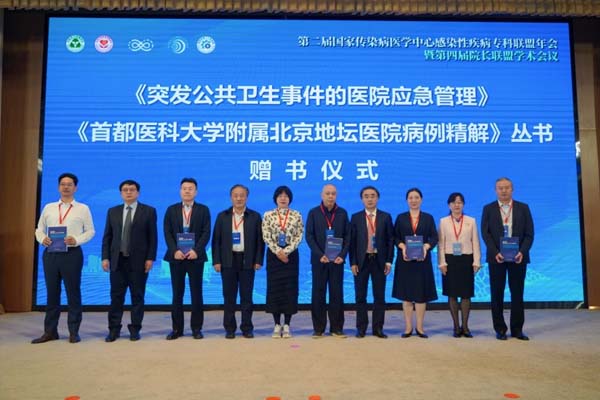



 京公网安备 11010502052111号
京公网安备 11010502052111号